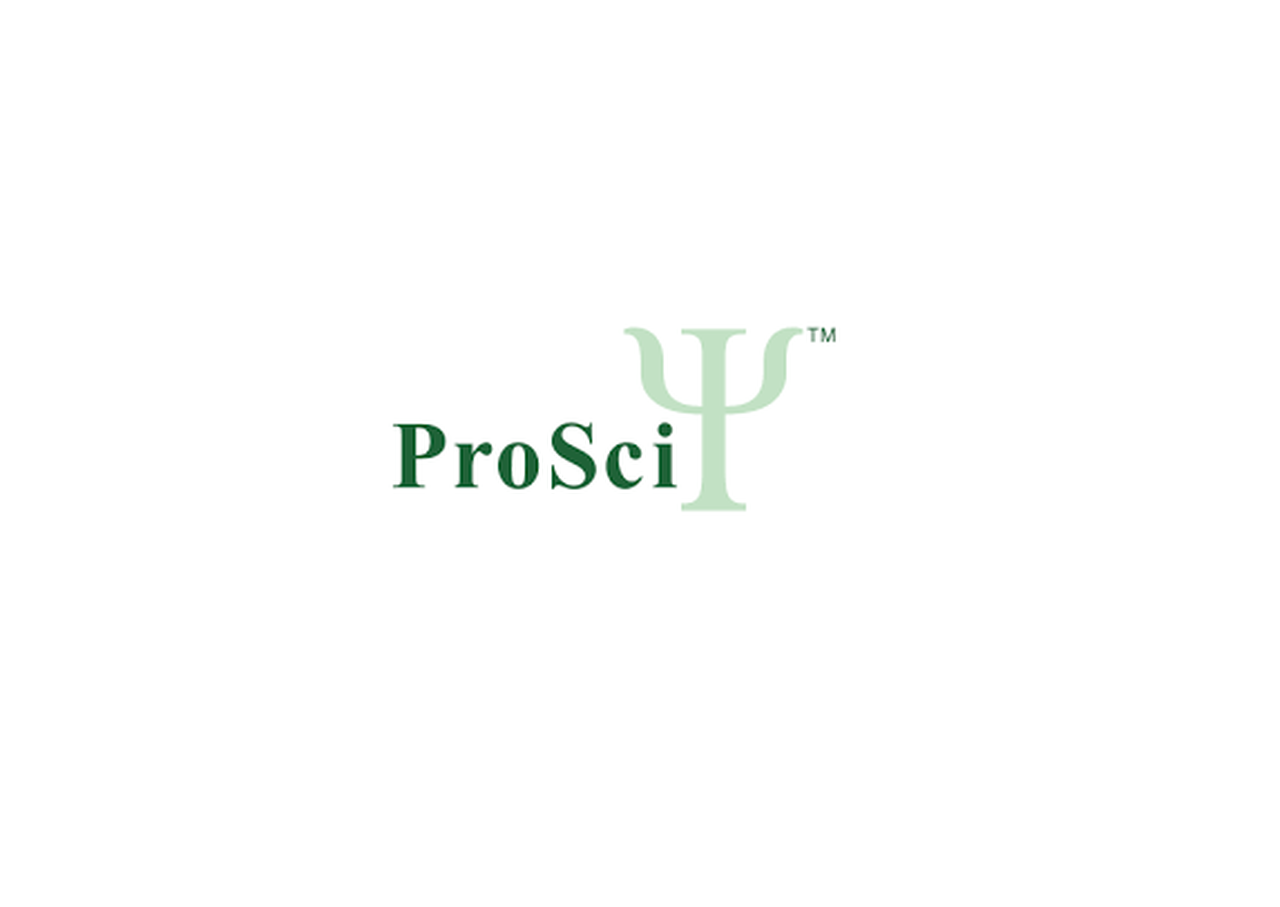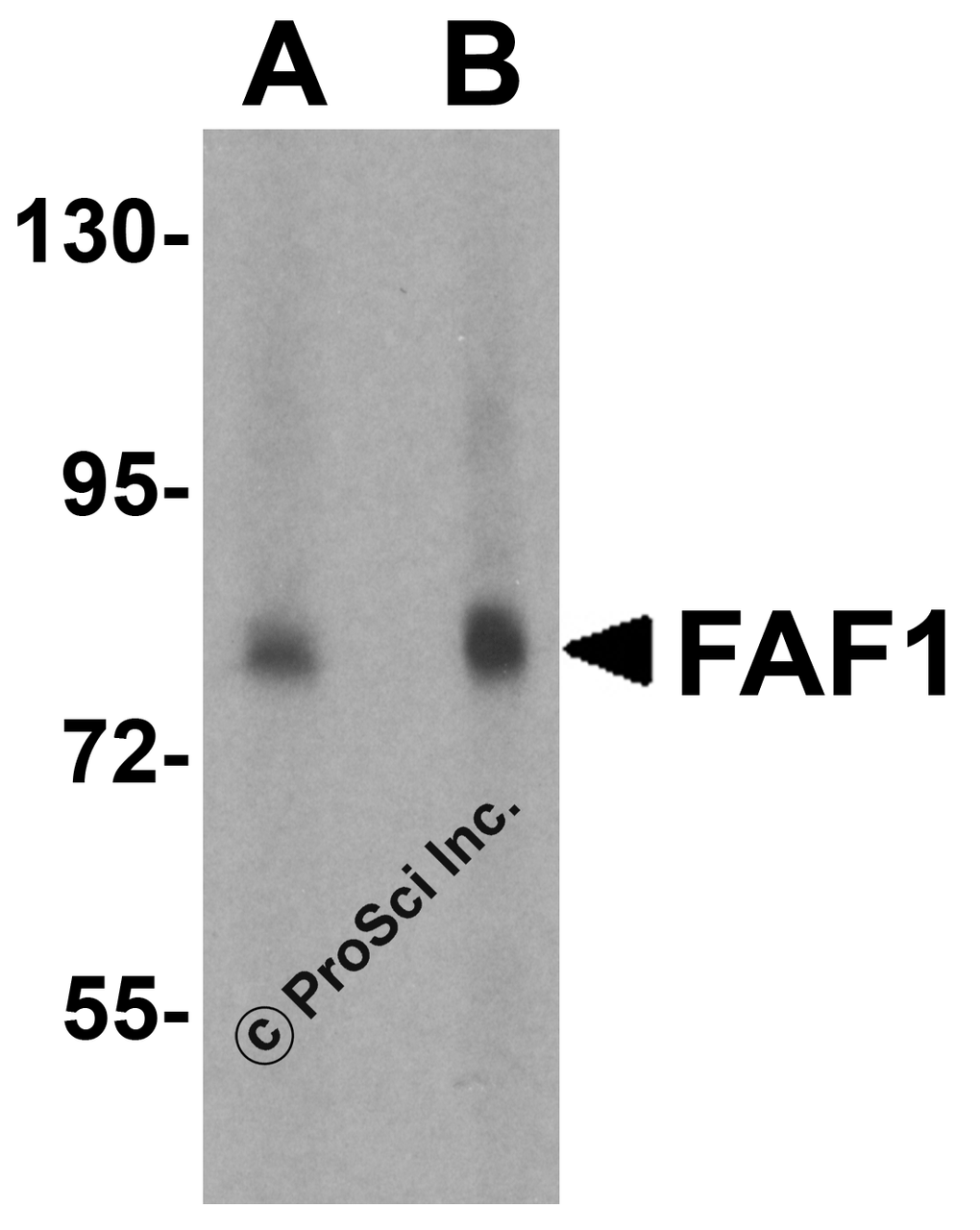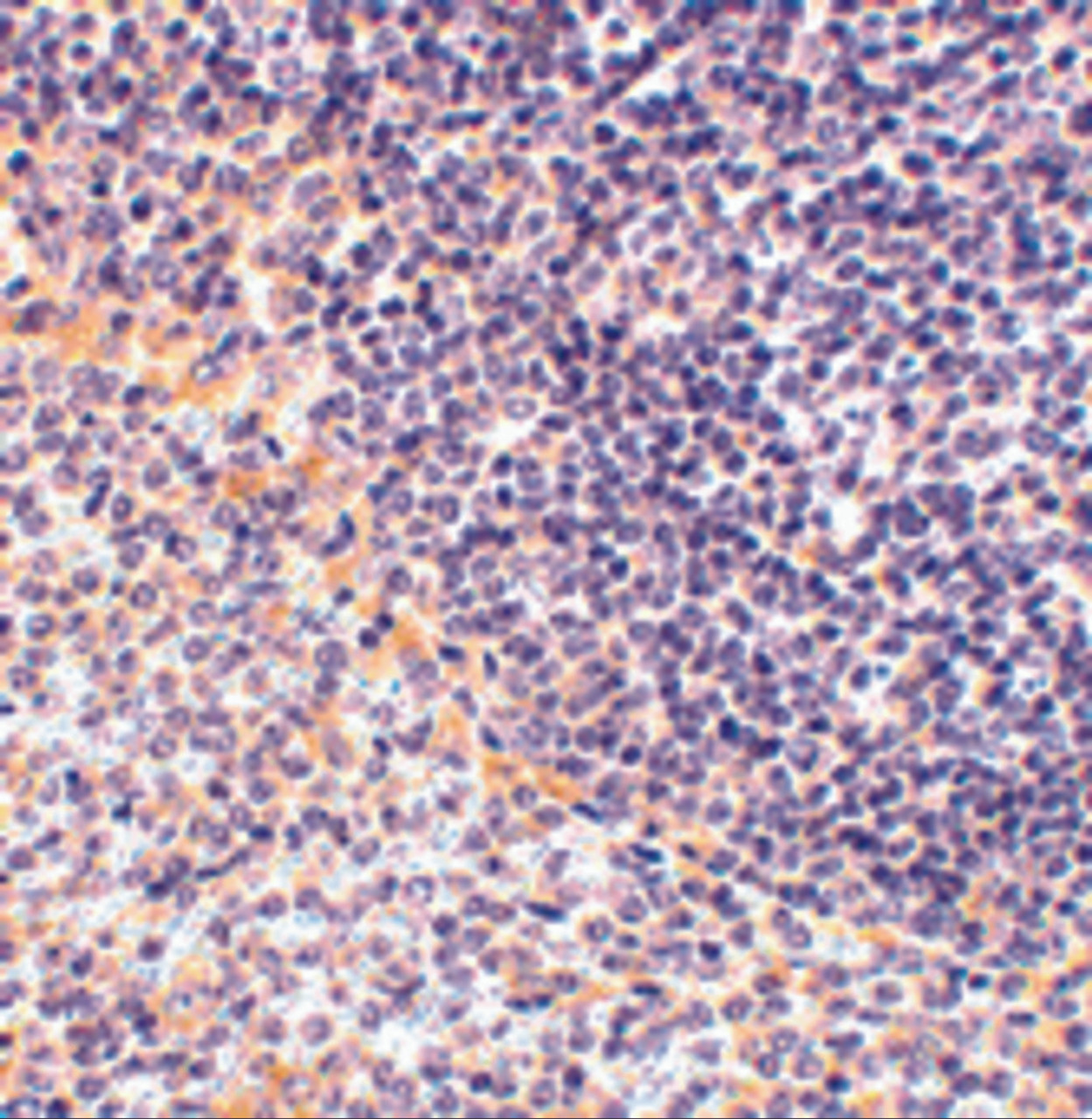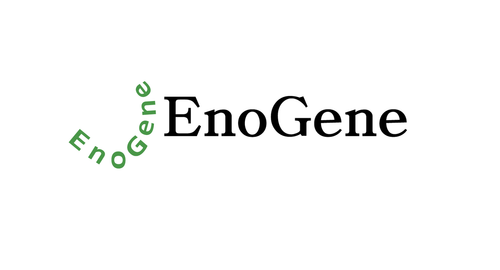Product Description
FAF1 Antibody | 3993 | ProSci
Host: Rabbit
Reactivity: Human, Mouse, Rat
Homology: N/A
Immunogen: FAF1 antibody was raised against a 19 amino acid synthetic peptide from near the carboxy terminus of human FAF1.
The immunogen is located within the last 50 amino acids of FAF1.
Research Area: Apoptosis
Tested Application: E, WB, IHC-P, IF
Application: FAF1 antibody can be used for detection of FAF1 by Western blot at 1 - 2 μg/mL. Antibody can also be used for immunohistochemistry starting at 2.5 μg/mL. For immunofluorescence start at 20 μg/mL.
Antibody validated: Western Blot in human samples; Immunohistochemistry in rat samples and Immunofluorescence in rat samples. All other applications and species not yet tested.
Specificiy: N/A
Positive Control 1: Cat. No. 1208 - THP-1 Cell Lysate
Positive Control 2: Cat. No. 1466 - Rat Spleen Tissue Lysate
Positive Control 3: N/A
Positive Control 4: N/A
Positive Control 5: N/A
Positive Control 6: N/A
Molecular Weight: Predicted: 74 kDa
Observed: 80 kDa
Validation: N/A
Isoform: N/A
Purification: FAF1 Antibody is affinity chromatography purified via peptide column.
Clonality: Polyclonal
Clone: N/A
Isotype: IgG
Conjugate: Unconjugated
Physical State: Liquid
Buffer: FAF1 Antibody is supplied in PBS containing 0.02% sodium azide.
Concentration: 1 mg/mL
Storage Condition: FAF1 antibody can be stored at 4˚C for three months and -20˚C, stable for up to one year. As with all antibodies care should be taken to avoid repeated freeze thaw cycles. Antibodies should not be exposed to prolonged high temperatures.
Alternate Name: FAF1 Antibody: hFAF1, CGI-03, HFAF1s, UBXD12, UBXN3A, FAS-associated factor 1, UBX domain-containing protein 12, hFAF1
User Note: Optimal dilutions for each application to be determined by the researcher.
BACKGROUND: FAF1 Antibody: Fas-associated protein 1 (FAF1) was initially identified as a Fas-binding pro-apoptotic protein that is component of the death-inducing signaling complex in Fas-mediated apoptosis. FAF1 can also induce apoptosis in the absence of extrinsic death signals when overexpressed although it does not contain typical death motifs such as the death domain, death effector domain, and caspase recruitment domain. Overexpression of FAF1 also decreases the basal level of NF-κB activity in transfected 293 cells, inhibits NF-κB activity induced by TNF-α, IL-1β and lipopolysaccharide, and prevents NF-κB translocation to the nucleus, suggesting that another role of FAF1 is to negatively regulate the activity of NF-κB. FAF1 can also interact with the inflammatory signaling PYRIN-containing Apaf-1-like proteins (PYPAFs, also called NALPs) such as PYPAF1, PYPAF2 (NALP2) , and PYPAF7, suggesting FAF1 may also be involved in the inflammation pathway. Multiple differentially spliced isoforms of FAF1 are known to exist.
 Euro
Euro
 USD
USD
 British Pound
British Pound
 NULL
NULL












